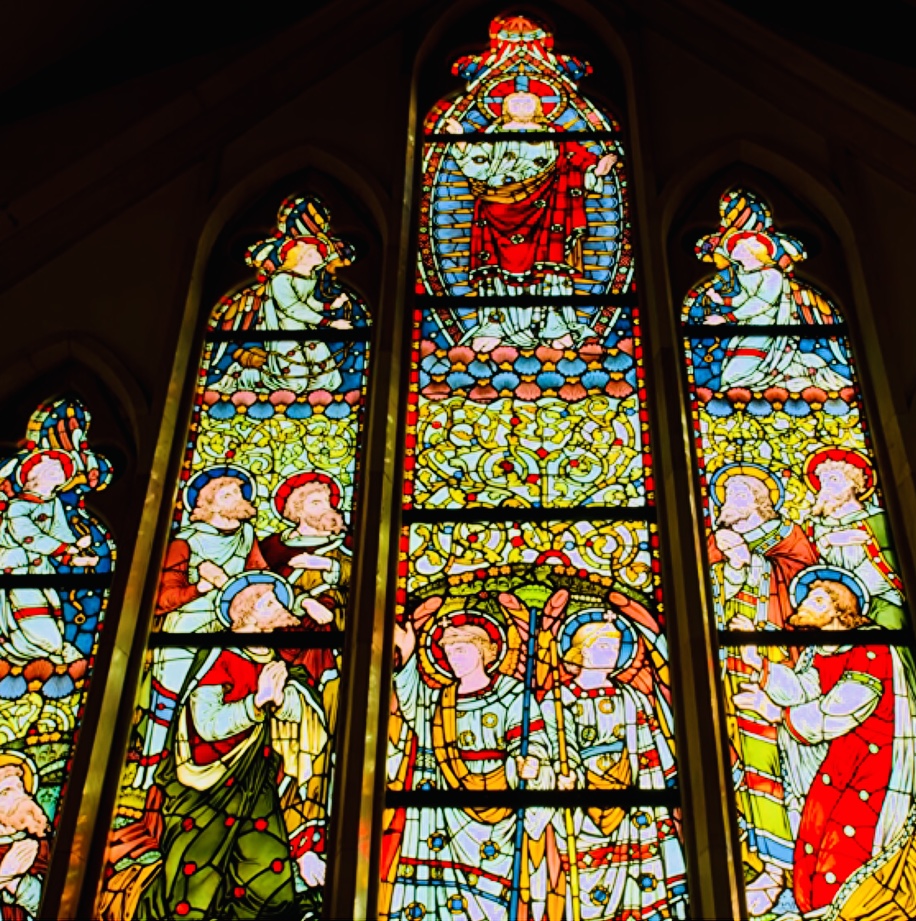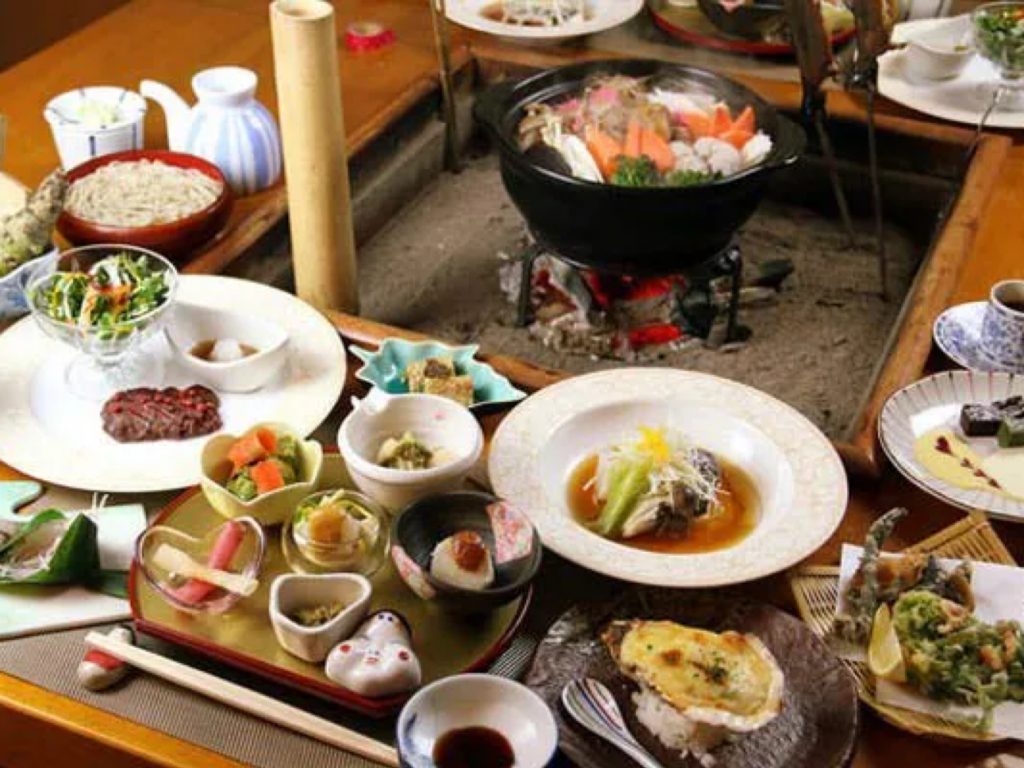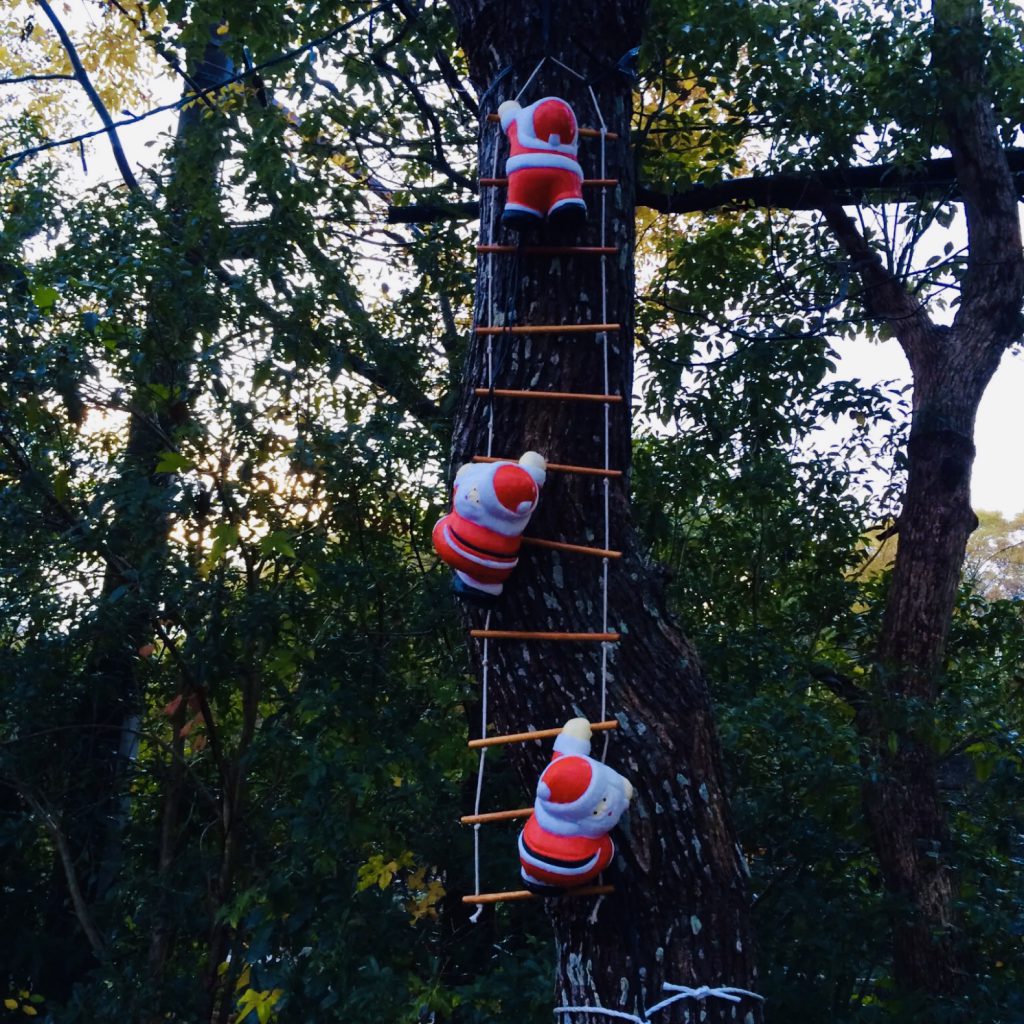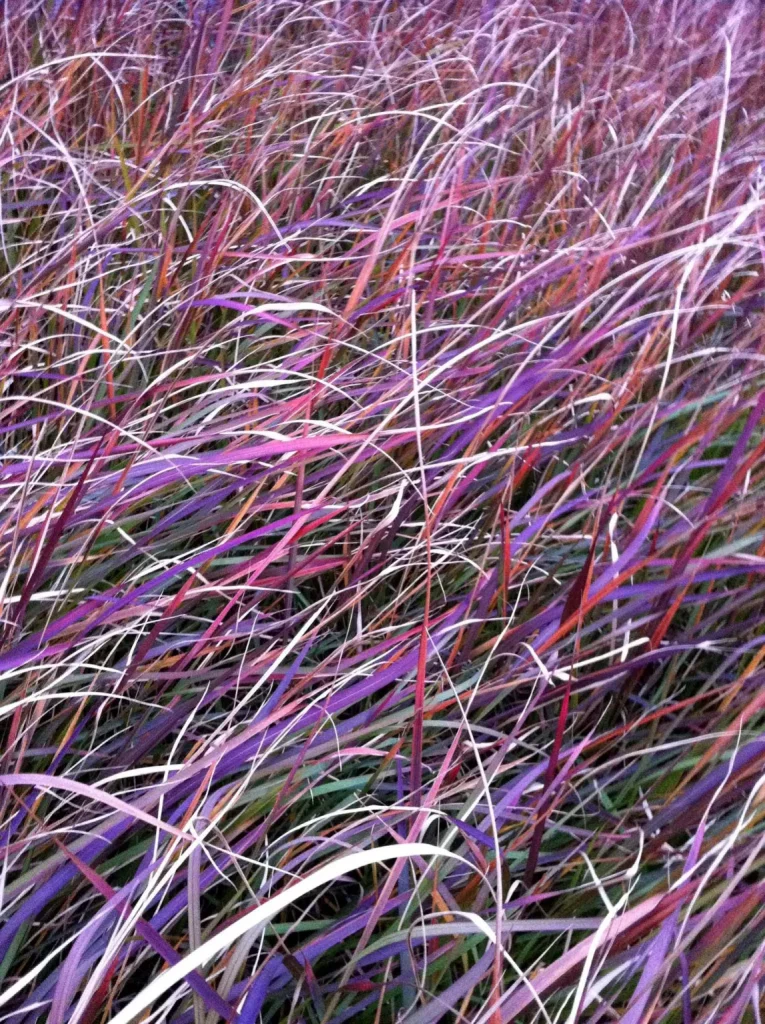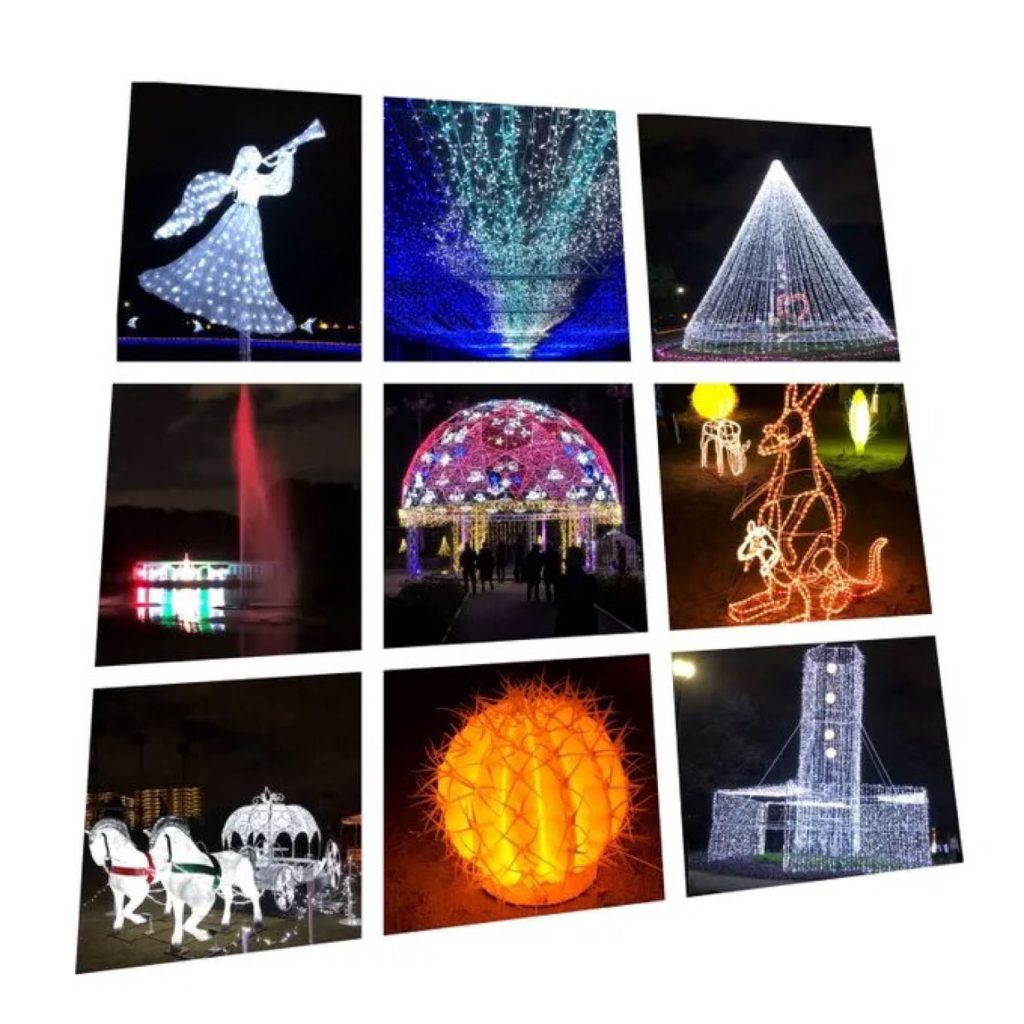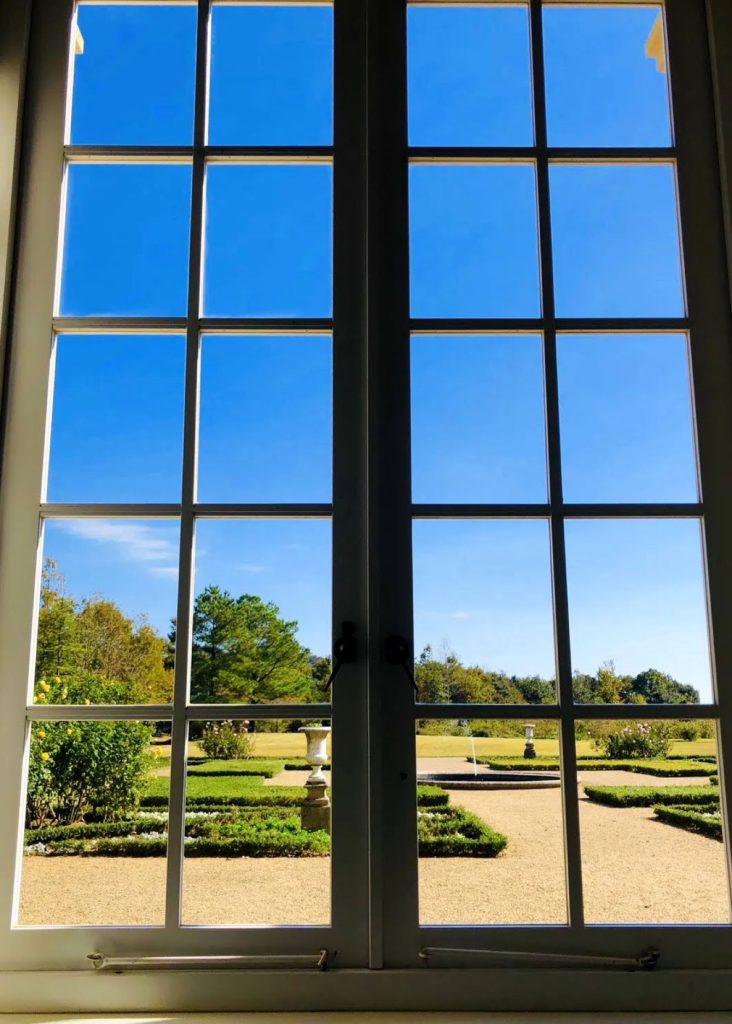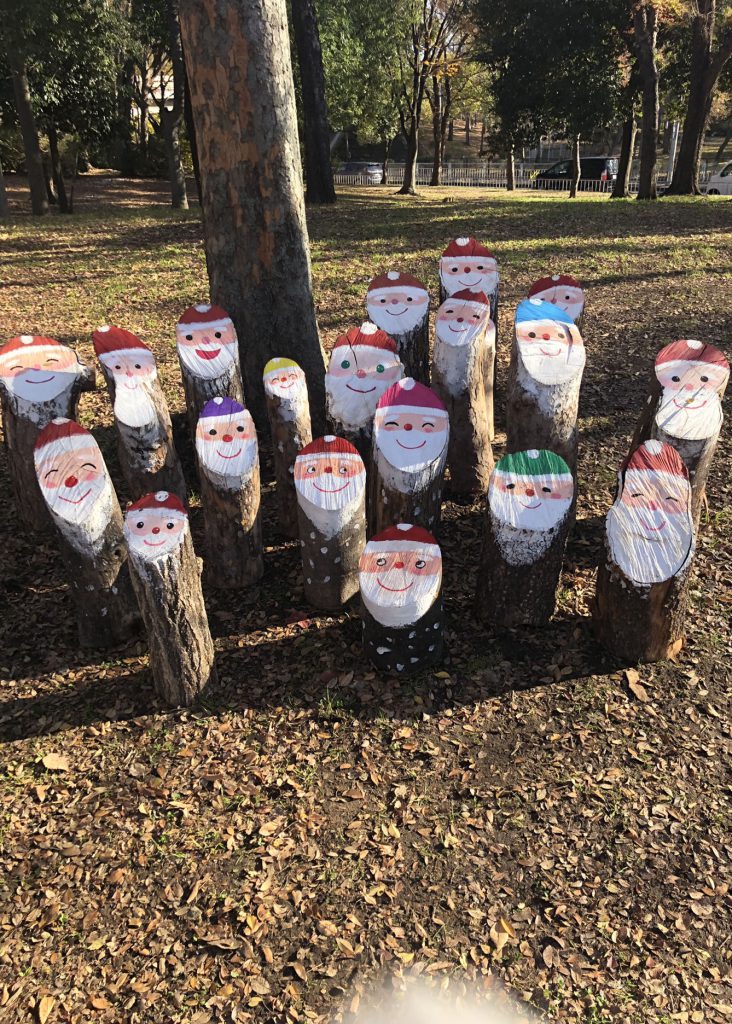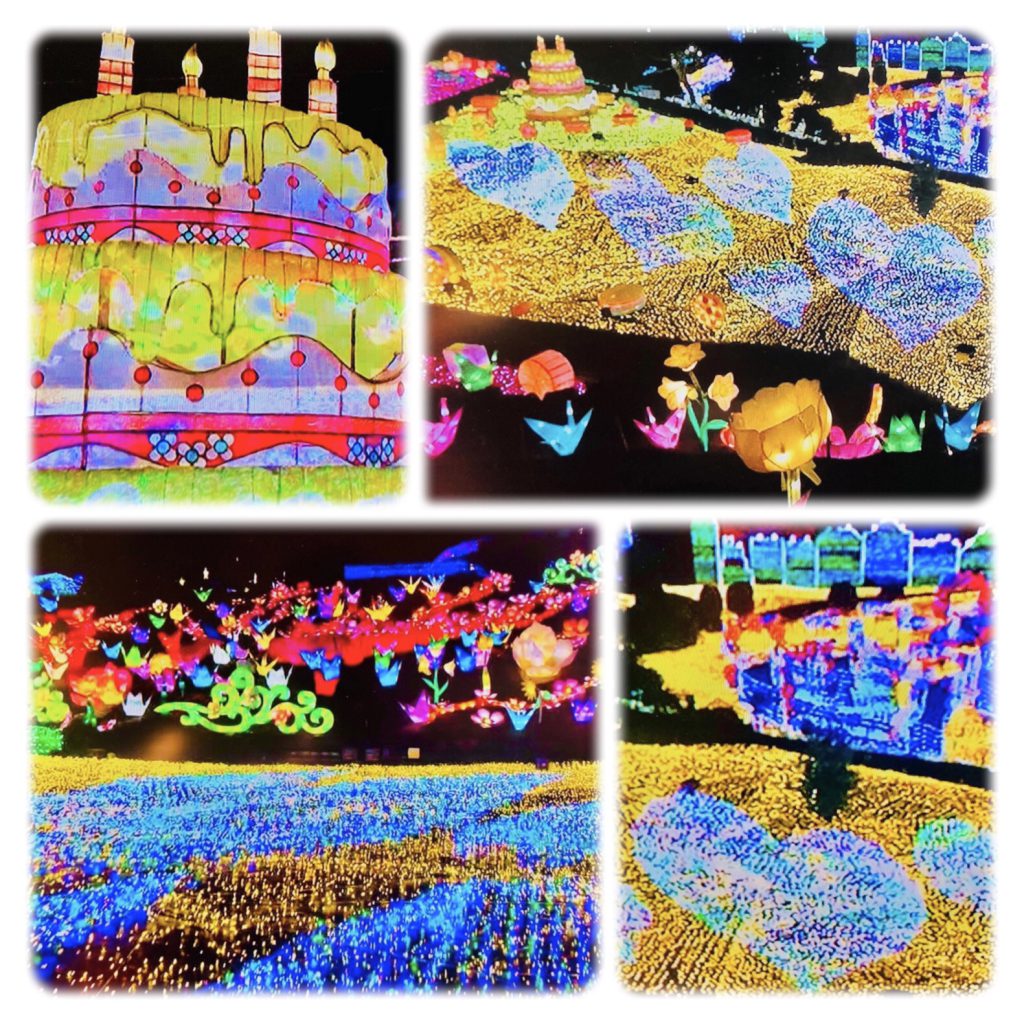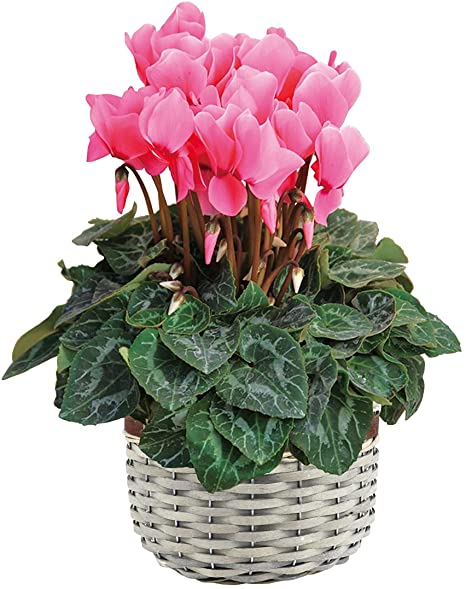
The flower shop at the end of the year is extremely lively. Poinsettia and cyclamen are lined up in a row. Poinsettia is a flower that is lined up in stores until Christmas, as it is also called “Christmas flower”. Cyclamen, on the other hand, have long-lasting flowers and continue to bloom until early spring, not to mention Christmas. For that reason, cyclamen is used for farewell parties in Europe and is known as a flower that makes you imagine “farewell”. Therefore, even in Japan, it is used as a perfect flower for celebrations such as graduation ceremonies and transfers. Cyclamen is also known as “Kagaribibana” in Japanese, and the red cyclamen’s flower shape is reminiscent of a burning flame, so there is a flower word “jealousy” or there is a custom of avoiding presenting a cyclamen as a celebration of new construction.
年末の花屋さんは一際賑やかです。ポインセチアとシクラメンが所狭しと並んでいます。ポインセチアは別名「クリスマスフラワー」と言われるようにクリスマスまで店頭に並ぶ花。一方シクラメンは花持ちが良く、クリスマスの頃はもちろん春先まで咲き続けます。それ故にか、シクラメンは、ヨーロッパでは送別会などに用いられていて、「別れ」をイメージさせる花として知られています。そのため日本でも卒業式や転勤などのお祝いにはピッタリの花として利用されます。また、シクラメンは別名「カガリビバナ(葺火花)」ともいわれ、赤いシクラメンの花姿がメラメラと燃える炎を連想させることから、「嫉妬」と言う花言葉があったり、新築祝いにシクラメンを贈ることは避けるといった風習があります。

